Great American Climates
averbisadverbera
16 years ago
Related Stories
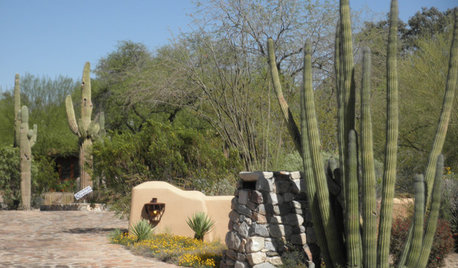
SOUTHWEST GARDENINGUnderstanding the American Southwest's Three Main Climate Zones
If you live in one of the arid or semiarid regions of the U.S. Southwest, this gardening zone guide is for you
Full Story
GARDENING GUIDES6 Dependable Ground Covers for Warm Climates
Swap some lawn for these drought-tolerant clumping plants — and watch your maintenance efforts diminish while they easily grow
Full Story
DECORATING GUIDESCelebrating the Great American Quilt
They speak of family, history and beauty. Is it any wonder quilts transcend design styles?
Full Story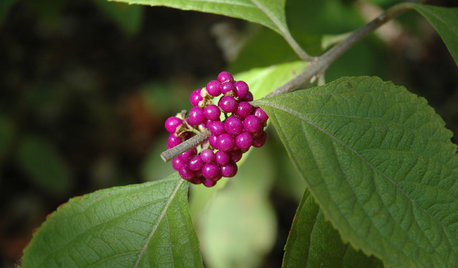
GARDENING GUIDESGreat Design Plant: Nourish Wildlife With American Beautyberry
The bright purple berries of Callicarpa americana feed winged beauties and make the Southeast U.S. native a fall garden standout
Full Story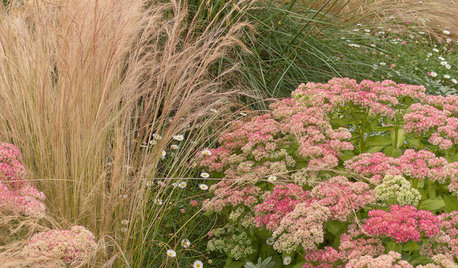
GARDENING GUIDESGreat Garden Combo: 3 Soft-Looking Plants for a Dry Climate
Weave a romantic tapestry with this drought-tolerant combination of plants as tough as they are lovely
Full Story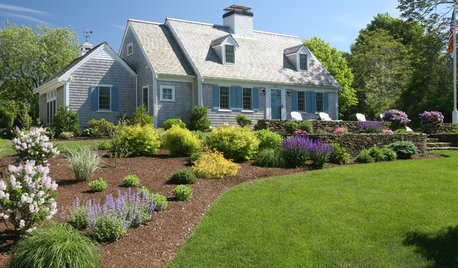
ARCHITECTURERoots of Style: Cape Cod Evolves Into an American Favorite
With its simple gabled roof forms and straightforward design elements, the Boston-area style maintains a centuries-long following
Full Story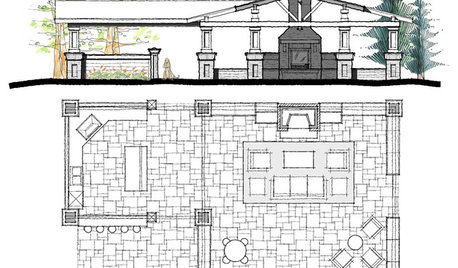
LANDSCAPE DESIGNClimate Control: Work With Nature's Elements for the Best Outdoor Space
Consider sun, wind and water where you live for a deck or patio that's as comfortable as possible all year long
Full Story
PATIOSLandscape Paving 101: Travertine Keeps Its Cool in Warm Climates
Travertine is a gorgeous paver for a pool surround
Full Story
ARCHITECTURE15 Smart Design Choices for Cold Climates
Keep your home safe and comfortable in winter by choosing the right home features and systems
Full Story
LANDSCAPE DESIGNCelebrate a Sunny Climate With the Right Leafy Palm for Your Site
So you get freezes or floods. So your garden is small. These palms send excuses riding off into the tropical sunset
Full Story






Embothrium
pineresin
Related Discussions
Great American cities series begonias
Q
All American Canner Co Great Sevice
Q
Great Ex. of the difference a micro-climate can make
Q
The Great American Read
Q
basic
MissSherry
fatamorgana2121
botann
brandon7 TN_zone7
arktrees
wisconsitom
cacau
Embothrium
kman04
averbisadverberaOriginal Author
gardener_sandy
lsu27
arktrees
MissSherry
cacau
kman04
cascadians
flgargoyle
Embothrium
cascadians
blaithinbeka
Pamchesbay
basic
bengz6westmd
averbisadverberaOriginal Author
Pamchesbay
arktrees
bengz6westmd
Pamchesbay
diggingthedirt
kman04
rcnaylor
rcnaylor
kman04
rcnaylor
kman04
katrina1